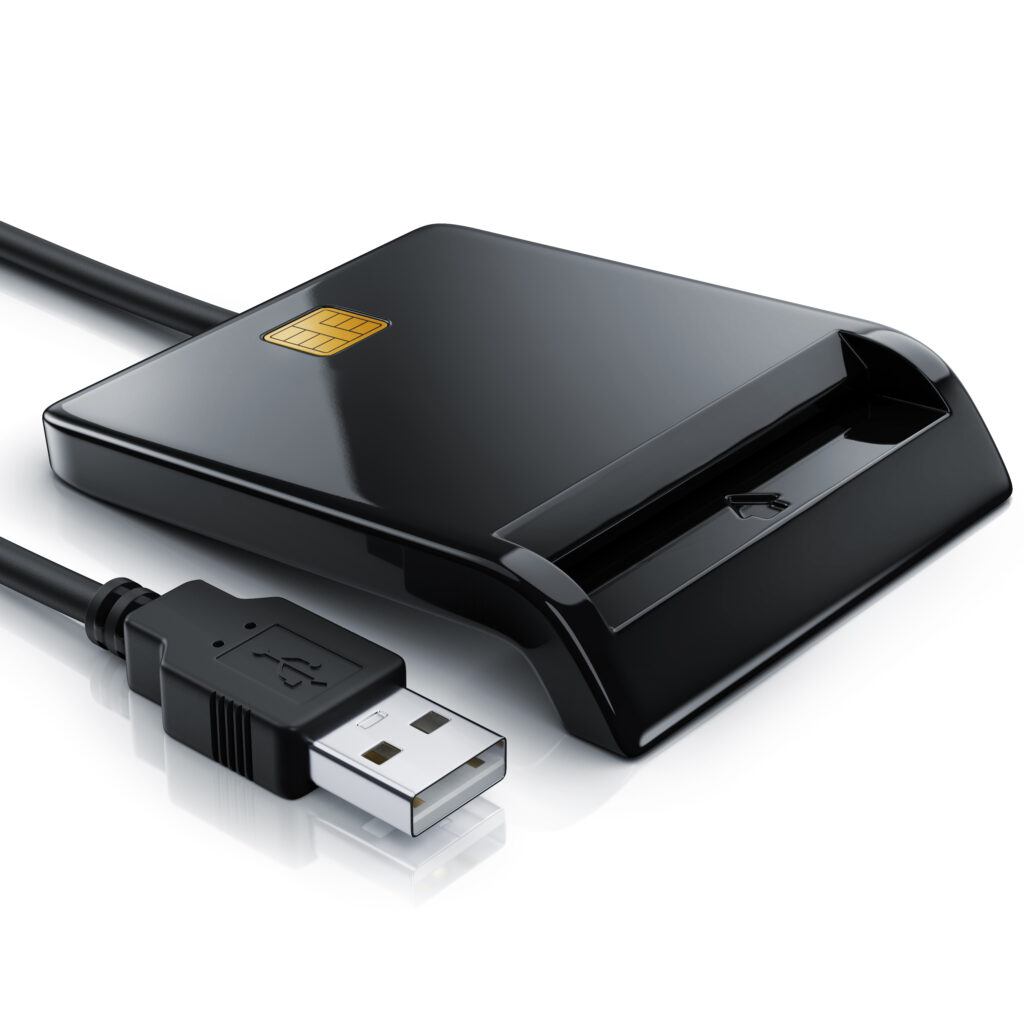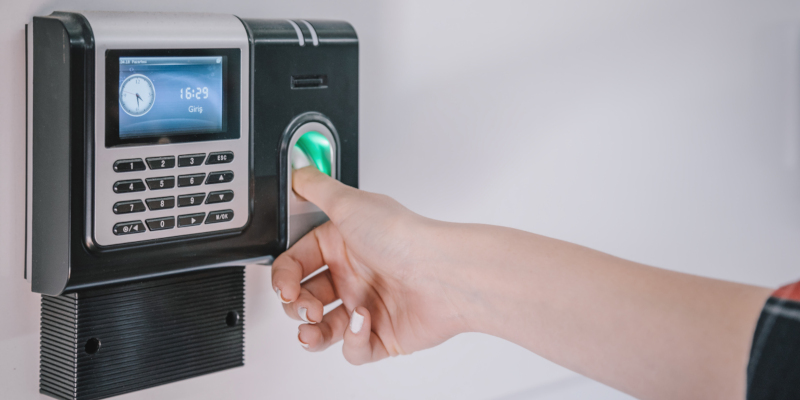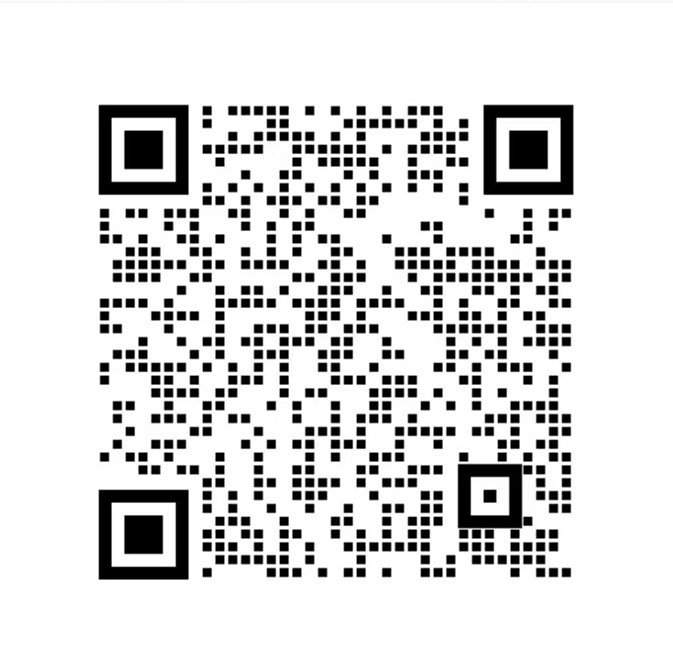Access card readers are electronic security devices used to read data stored on access cards or tags. They allow access control systems to identify cardholders and grant or deny entry accordingly. Access card readers come in various forms and operate on different technologies. This comprehensive guide will explore everything you need to know about access card readers.
What is an Access Card Reader?
An access card reader, also known as a proximity card reader, is an electronic device that reads and decodes data stored on an access card or tag. It allows an access control system to uniquely identify the cardholder and determine their access rights.
Access card readers are a key component of access control systems. They provide the interface between the credential (access card or tag) and the access control panel. When an access card is presented to the reader, it scans the data encoded on the card and sends the credentials to the control panel. The control panel then checks the credentials against its database to verify if the cardholder has permission to enter.
Access card readers are commonly installed at access points such as doors, turnstiles, parking gates and more. They allow organizations to monitor and restrict access to sensitive areas efficiently. The use of access card readers enhances security as it eliminates the need for physical keys which can be lost, stolen or duplicated.
How Do Access Card Readers Work?
The working principle of an access card reader depends on the technology it uses. Here is a quick overview:
- Magnetic stripe readers: Read data encoded on magnetic stripes on the cards. The stripe contains binary data which is read by sensors in the reader head.
- Proximity card readers: Use RFID technology. The reader emits a low-power radio frequency field which activates the passive RFID tag on the card. The tag then transmits stored data to the reader via radio waves.
- Smart card readers: Designed for integrated circuit cards (IC cards). The reader makes physical contact with electrodes on the card to power the microchip and facilitate communication.
- Barcode card readers: Optically scan barcode symbols printed on the access cards. The barcode encodes the card credentials which are decoded by the reader.
In all cases, the scanned credential data is sent to the access control panel for verification. If access is granted, the appropriate access point is unlocked allowing entry. The process is automatic requiring the user to simply present the card to the reader.
Types of Access Card Readers
There are various types of access card readers designed for different card technologies and security levels. The common types include:
Proximity Card Readers
Proximity card readers are the most popular type used in access control systems. They use RFID technology to read credentials from a proximity card or tag without requiring physical contact.
Proximity readers emit a low-frequency radio signal that activates the passive RFID tag when it comes within a range of 3-6 inches. The tag communicates its unique ID code which is verified by the reader. Since proximity cards just need to be presented near the reader, it offers convenience and quick access.

Proximity Card Reader
Proximity card readers are available in various form factors like wall-mounted, mullion-mounted, and standalone units. Some common proximity card technologies include 125 KHz RFID, 13.56MHz RFID, and NFC.
Smart Card Readers
Unlike proximity cards, smart card readers require physical insertion of contact smart cards. The reader makes electrical contact with electrodes on the card to power up and read data from the card’s integrated circuit chip.
Smart card readers provide very high security since the chip can support advanced encryption and mutual authentication. But they are not as convenient as tap-and-go proximity cards. The insertion and removal of cards make them slower for high traffic access points.

Smart Card Reader
Smart cards are resistant to external interference and cloning. They are more expensive than proximity cards but provide enhanced security for sensitive areas.
Magnetic Stripe Card Readers
Magnetic stripe card readers read data encoded on a magnetic stripe on the card. The stripe contains binary encoded data that is read by sensors in the reader head as the card is swiped.
Magnetic stripe readers are simple, inexpensive and easy to use. But they have relatively weak security compared to proximity and smart card readers. It’s easy to copy the data on the magnetic stripe and create cloned credentials. The stripes are also prone to being erased by magnetic fields.

Magnetic Card Reader
Magnetic stripe card readers are still commonly used in older access control systems, time and attendance systems as well as less secure applications.
Biometric Readers
Biometric readers automatically identify users based on unique biological characteristics like fingerprints, iris, face or veins. This eliminates the need for cards as users confirm their identity using the biometric scanner.
Biometric readers provide very high security and convenience. But they are also the most expensive option. They may also raise privacy concerns for some users. Integrating biometric readers requires deeper access control system integration.

Biometric Reader
Common biometric technologies used for access control include fingerprint, iris, face, voice and palm vein recognition.
Barcode Card Readers
Barcode card readers optically scan barcode symbols printed on access control cards. The barcode encodes the card credentials just like a product barcode. The reader scans and decodes the pattern into digital data.
Barcodes allow credentials to be printed onto paper cards or substrates. But they have low security compared to smart cards. Barcodes can be easily read and duplicated. Most access control systems have moved to RFID or smart card options. But barcode readers are still used in basic applications where high security is not mandatory.

Barcode Card Reader
Benefits of Using Access Card Readers
Here are some of the benefits of using access card readers for access control:
- Enhanced security – Access cards are much more secure than metal keys. Credentials can’t be easily duplicated and lost cards can be instantly deactivated. This prevents unauthorized access.
- Increased convenience – Users don’t need to carry keys and can gain access just by presenting their card. Proximity and biometric readers provide quick, hands-free access.
- Reduced administration – New user credentials can be programmed remotely without reissuing keys. Lost or stolen cards can be deactivated from the software.
- Flexible access control – Access rights of users can be easily updated in the access control software based on their profile. Temporary or limited access can be provided to visitors.
- Activity logging – The system logs all access transactions which are time stamped and user identifiable. This enables monitoring and audits.
- Integration with other systems – Access control data can be integrated with time & attendance, surveillance systems and building management systems.
Using access card readers in place of keys and locks significantly enhances the security, flexibility and convenience of access control. Organizations can securely grant and monitor access permissions remotely through integrated systems.
Access Card Reader Technology Comparison
| Reader Type | Read Range | Security Level | Read Speed | Convenience | Cost |
|---|---|---|---|---|---|
| Proximity | Up to 6 inches | Medium | Very fast | High | Medium |
| Smart Card | Physical contact | Very high | Fast | Medium | High |
| Magnetic Stripe | Swipe required | Low | Fast | Medium | Low |
| Biometric | Physical contact | Very high | Medium | High | Very high |
| Barcode | Line of sight | Low | Fast | Medium | Low |
Access Card Reader Interface Options
Access card readers feature various interfaces to connect with the access control panel and transmit card data. The interface determines the cable distance and speed.
Wiegand Interface Readers
Wiegand interface is the most popular for connecting card readers using a simple twisted pair wire. Wiegand supports cable runs up to 500 feet and data rates of up to 5kbps. Wiegand card readers are inexpensive and easy to install.
Clock-and-Data Readers
Some card readers use a self-clocking serial data interface known as clock-and-data. This allows higher data rates than Wiegand for fast data transfer. Cable distances are limited to around 250 feet for clock-and-data.
RS-232 Readers
RS-232 card readers support long transmission distances up to 1000 feet via serial interface. But RS-232 is slower with data rates below 20kbps. RS-232 requires more complex cabling making installation expensive.
RS-485 Readers
RS-485 readers use a serial interface capable of high speeds up to 10Mbps. They are suitable for fast data exchange with the panel over long cable runs up to 4000 feet. But RS-485 cabling is more complex and hence costlier.
Ethernet Readers
Ethernet card readers feature RJ45 ports to connect directly over TCP/IP networks. This allows unlimited cable range and high speed connectivity. Ethernet enables remote management of readers via the network. But it requires running data cables to each reader location.
Wifi Readers
WiFi card readers can connect wirelessly to the access control panel via WLAN. This completely eliminates the need to run data cables to the reader. But the range is limited by the WiFi coverage. Wireless connectivity also raises potential security concerns.
Access Card Reader Security
Access card readers form the frontline of any access control system. It’s critical to secure the card readers against potential attacks and threats. Here are some ways to enhance reader security:
- Choose encrypted card technologies like smart cards which offer mutual authentication and anti-cloning features.
- Install tamper switches that detect physical removal or damage of readers.
- Use PIN pads or biometric scanners to enforce multi-factor authentication.
- Disable Wiegand interface and enforce encrypted reader communication to the panel.
- Position readers within view of security cameras to deter tampering.
- Avoid locating readers in isolated public areas which are prone to vandalism.
- Update reader firmware regularly to ensure compatibility with latest secure access cards.
Selecting high security card readers combined with proper installation and placement deters unauthorized access attempts and keeps the readers secure at all times.
Access Card Reader Installation Tips
Proper installation of access card readers helps enhance security while allowing for convenient user access. Here are some tips for installing access card readers:
- Mount readers at typical access badge height (48-60 inches) on flat, vibration-free walls.
- Position readers out of direct weather and avoid locations with metal interference.
- Pull sufficient slack cable to make wiring connections behind the reader.
- Use metal back boxes and conduit for reader cabling to prevent tampering.
- Seal conduits and use gaskets behind reader to block environmental hazards.
- Label all reader cables clearly at both ends for easy servicing.
- Test operation of readers before finishing installation to check read range.
- Ensure unobstructed card presentation space in front of the reader.
- Complete final testing after enrollment of some test cards.
Careful installation preserves performance and security for the long-term functioning of the access card readers.
Access Card Reader Maintenance Tips
Like any system, access card readers require periodic maintenance to keep working optimally. Here are some maintenance best practices for access card readers:
- Keep readers clean by gently wiping away dirt and debris on the housing and card slot.
- Inspect cables and connections to check for any loose plugs or damaged wires.
- Test card reading with different types of credentials to verify scanning is working properly.
- Check tamper switches are functional by securely mounting and then removing readers.
- Examine any errors or faults logged for readers and troubleshoot issues.
- Replace reader batteries annually to prevent power failures at critical times.
- Update reader firmware when notified by manufacturer to maintain compatibility.
- Have a maintenance schedule to check and test all readers periodically.
- Keep spare parts like reader modules and cables on hand for quick repairs.
Proper maintenance prevents problems with access card readers that could otherwise lead to security risks or access failures.
Access Card Reader Troubleshooting
Despite maintenance, access card readers may still encounter some problems. Here is how to troubleshoot common access card reader issues:
Reader has no power
- Check reader wiring for loose connections
- Test power supply voltage at the reader
- Replace reader if internal fuse is damaged
Reader LED is on but it doesn’t read cards
- Try different known good cards to rule out bad credentials
- Clean reader slot/sensor window if blocked by dirt
- Replace reader module if faulty
Readerreads intermittently
- Adjust card read position and orientation
- Check for sourcesof electrical interference near reader
- Replace reader with chronic intermittent operation
Reader reads cards but access is always denied
- Verify correct reader address programming
- Check for faulty wiring shorting data lines
- Correct access group assignments for cardholders
Card access granted but door doesn’t unlock
- Confirm strike wiring is intact with no shorts
- Check strike power supply and strike functioning
- Verify proper configuration linking reader to door
Troubleshooting card reader issues promptly is essential to maintain ongoing access control security.
Access Card Reader Manufacturers
There are many companies that manufacture access card readers for integration into access control systems. Some of the major manufacturers include:
- HID Global: Industry leaders in RFID and smart card reader technology. Known for their prox & iCLASS range.
- Honeywell: Major brand for commercial security produces a versatile line of OmniProx readers.
- Farpointe Data: Specialize in premium quality Wiegand and RS-485 access card readers.
- IDTech: Leading OEM supplier of magstripe, proximity, smart card and biometric readers.
- Keri Systems: Renowned for their multiCLASS SE® smart card readers and controller panels.
- **DDS: **Top Spanish access control manufacturer with Mifare & Desfire proximity readers.
- Secura Key: Known for commercial keypad and card reader access control products.
- STid: Innovative high security readers including NFC, ARC and Mifare options.
- RBH Access Technologies: Focus on technologically advanced biometric access card readers.
- Allegion: Schlage brand offers magnetic stripe & proximity readers for businesses.
There are also many China-based manufacturers producing low cost access card readers. But product quality and longevity may be less reliable. For critical security, it’s advisable to choose reputed reader brands that offer advanced technology and robust construction.
Access Card Reader Purchasing Considerations
Here are some important factors to consider when purchasing access card readers:
- Compatibility – Ensure reader technologies match your existing access cards/tags and control panel interface.
- Technology – Proximity or smart card readers provide better security than magstripe or barcode.
- Interface – Wiegand and RS-485 offer balance of speed, distance and cabling complexity.
- Environment – Check IP rating, vandal-proofing and operating conditions suit your setting.
- Functionality – Additional features like keypads, displays and biometrics provide greater flexibility.
- Brand – Reputed manufacturers adhere to quality and security standards.
- Warranty – Longer warranty periods indicate better reliability and support.
- Future Expansion – Select readers that can accomodate additional technologies/credentials later on.
Choosing the right card readers by matching technology, security level, performance and quality to your access control needs ensures smooth, trouble-free operation.
Frequently Asked Questions about Access Card Readers
Here are answers to some common questions about access card readers:
Q: What are the different card technologies used for access control?
A: Common card technologies include 125kHz Proximity, 13.56MHz Proximity, Smart Cards, Magnetic Stripe and Barcode cards. Each has different reading methods, security levels and costs.
Q: Can access card readers read mobile credentials?
A: Some new NFC-compatible readers can read credentials from NFC-enabled mobile devices. This allows using phones for access control.




